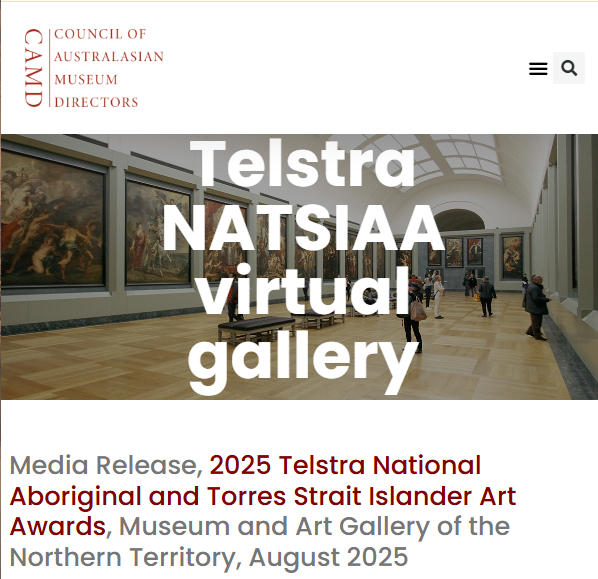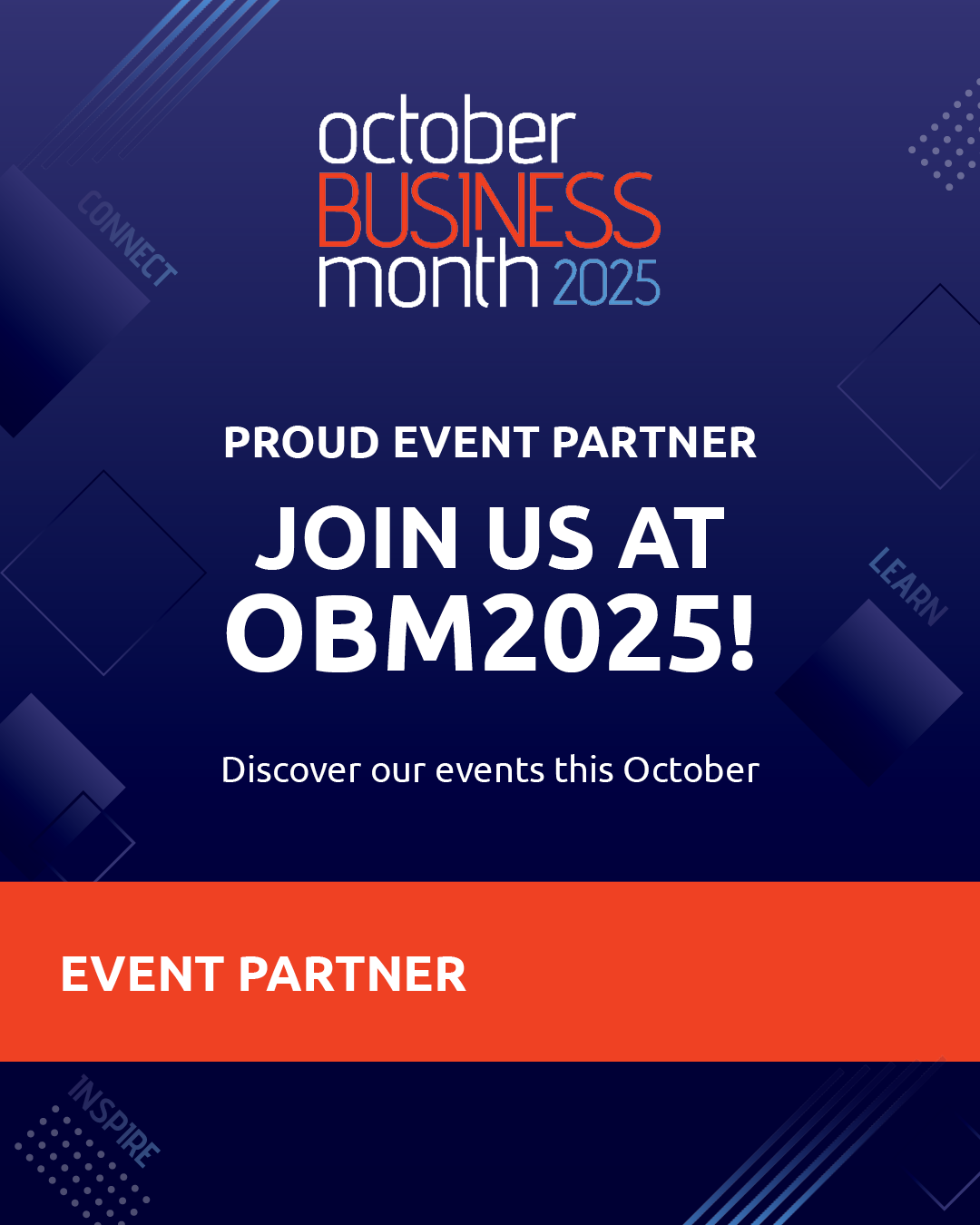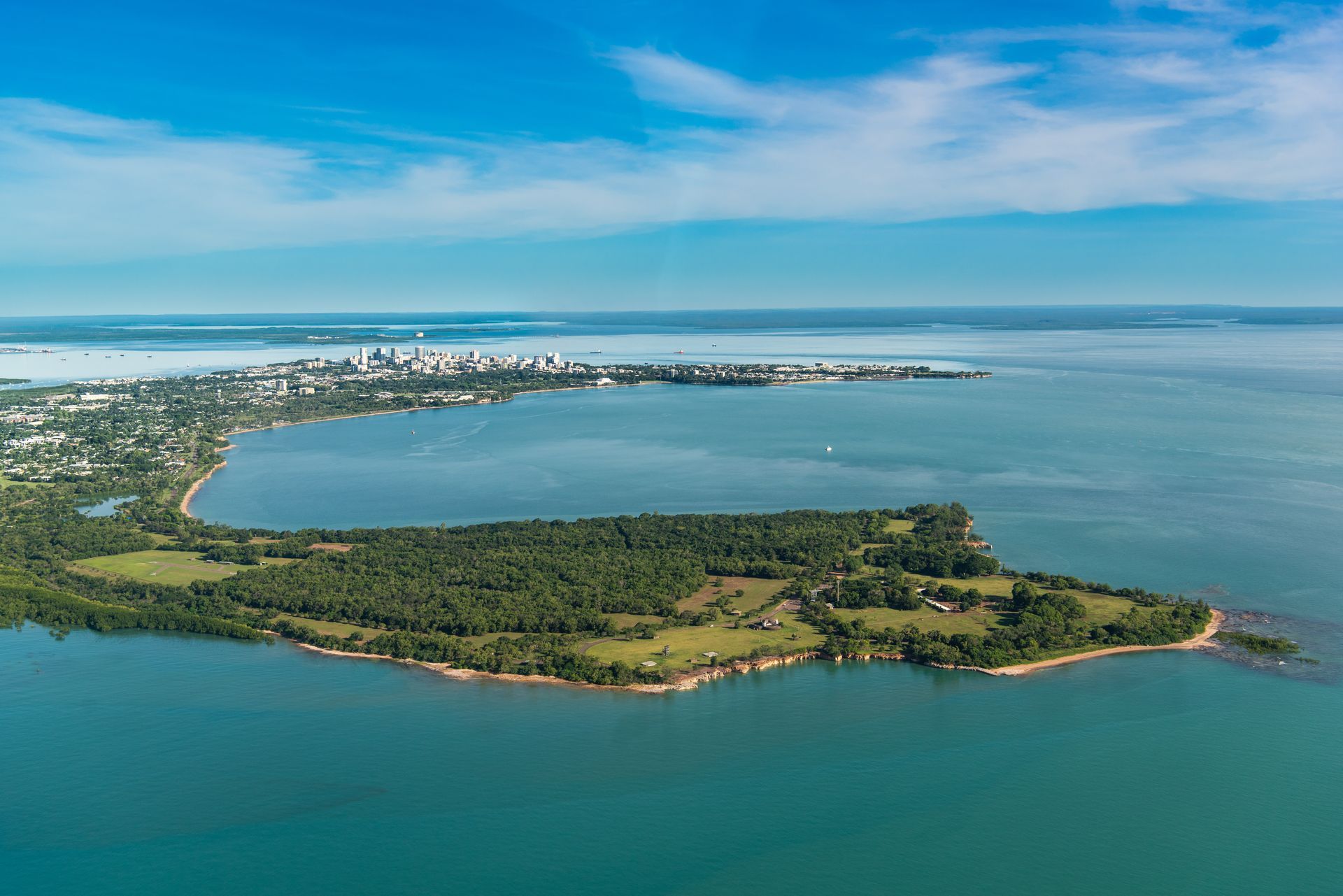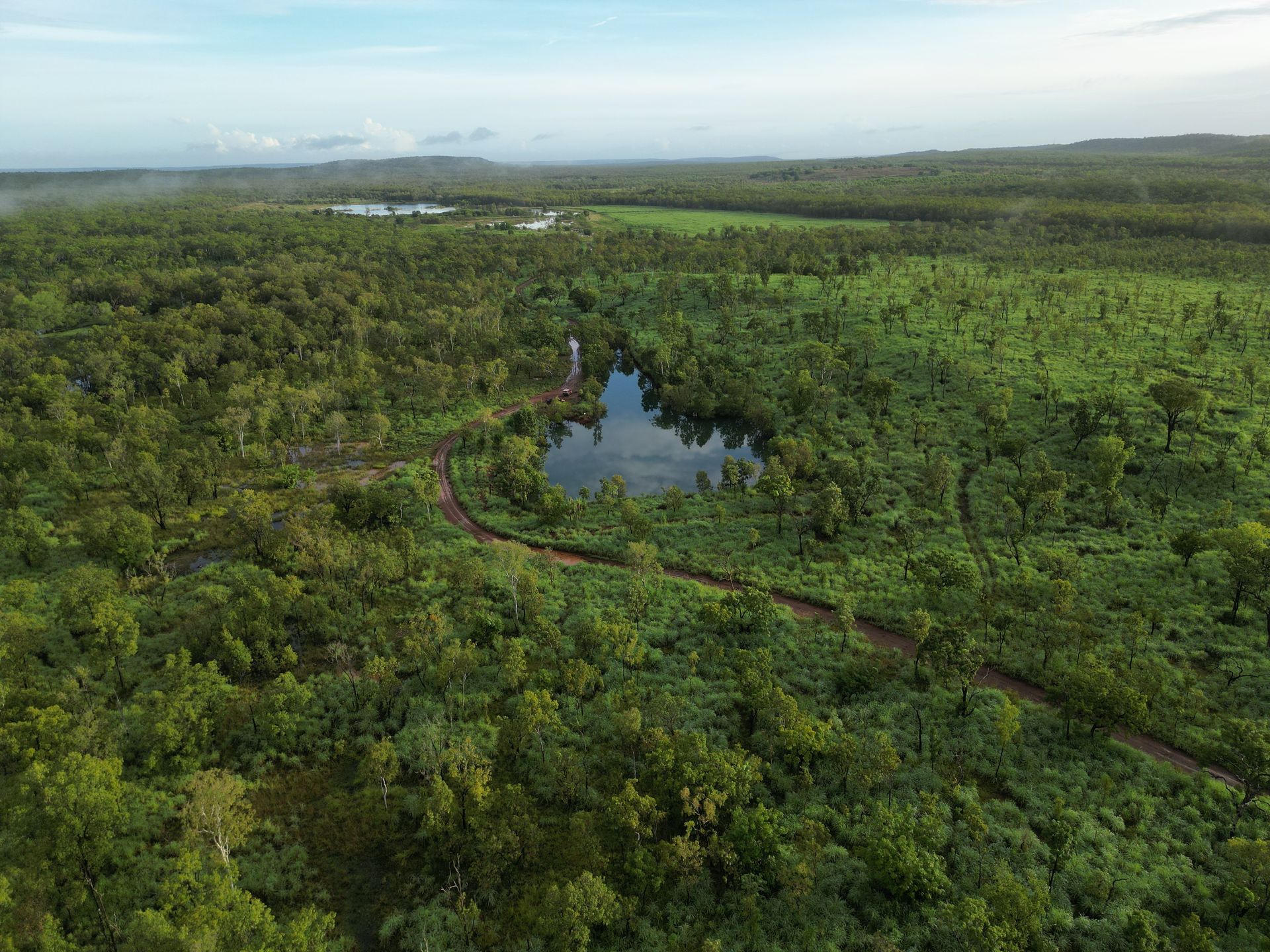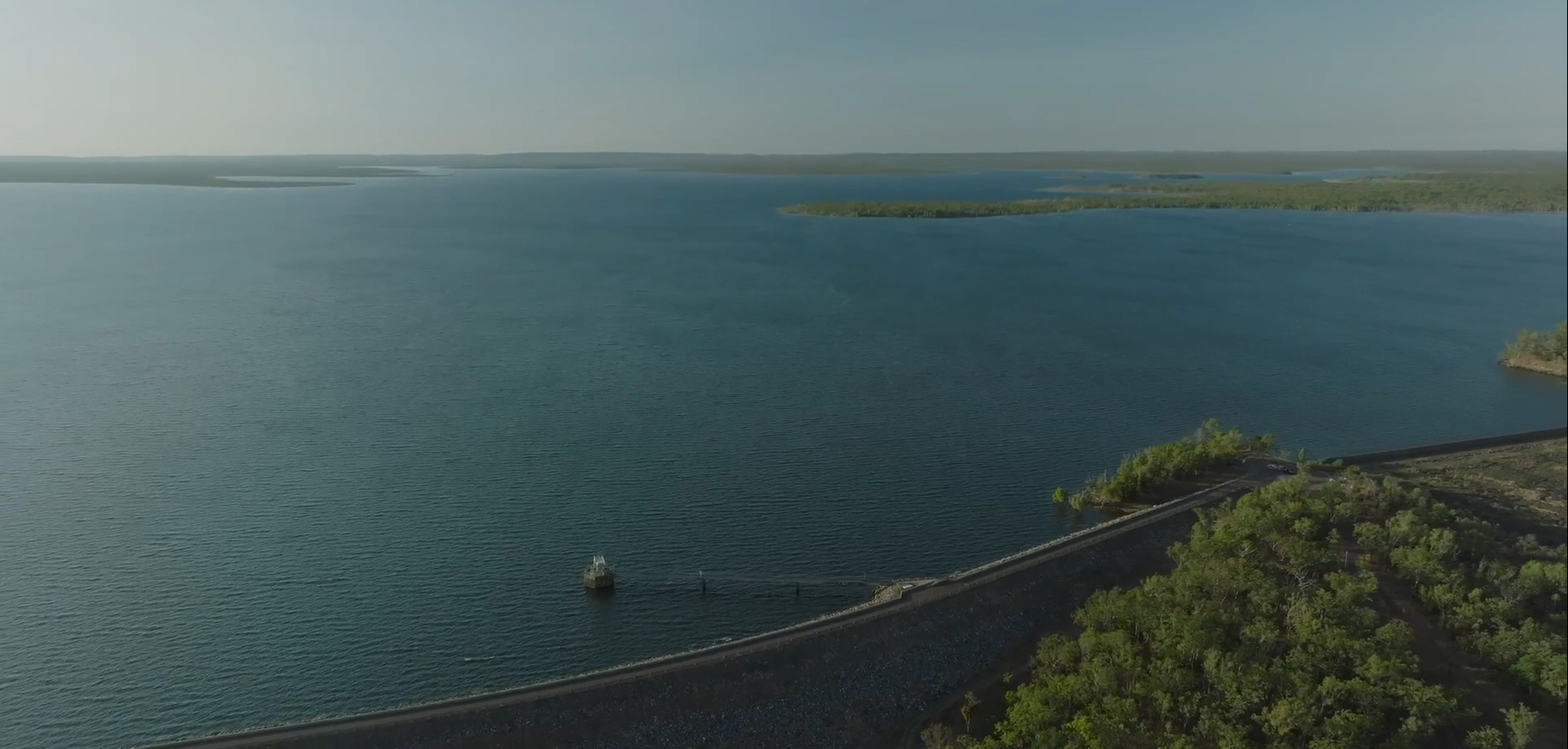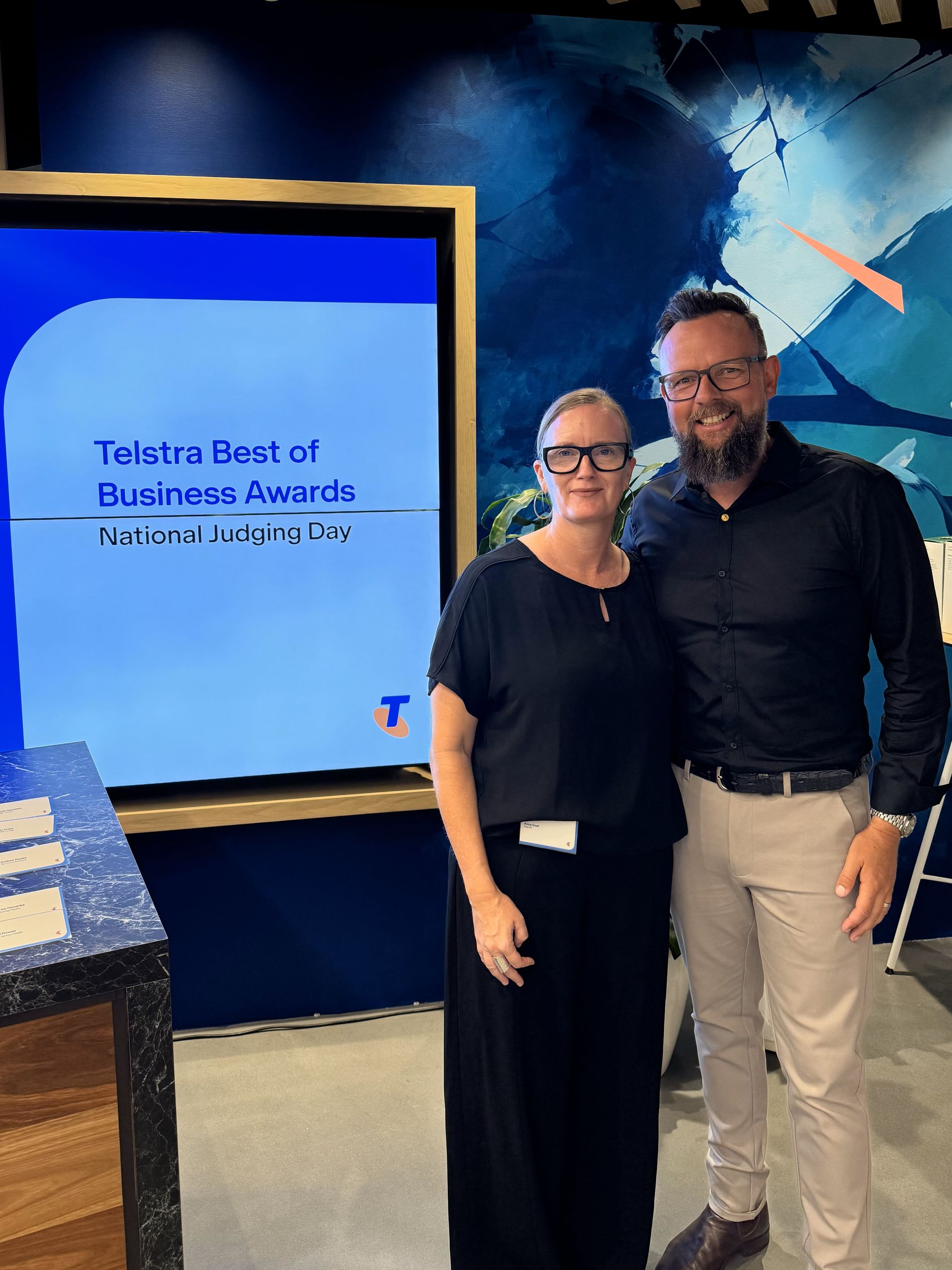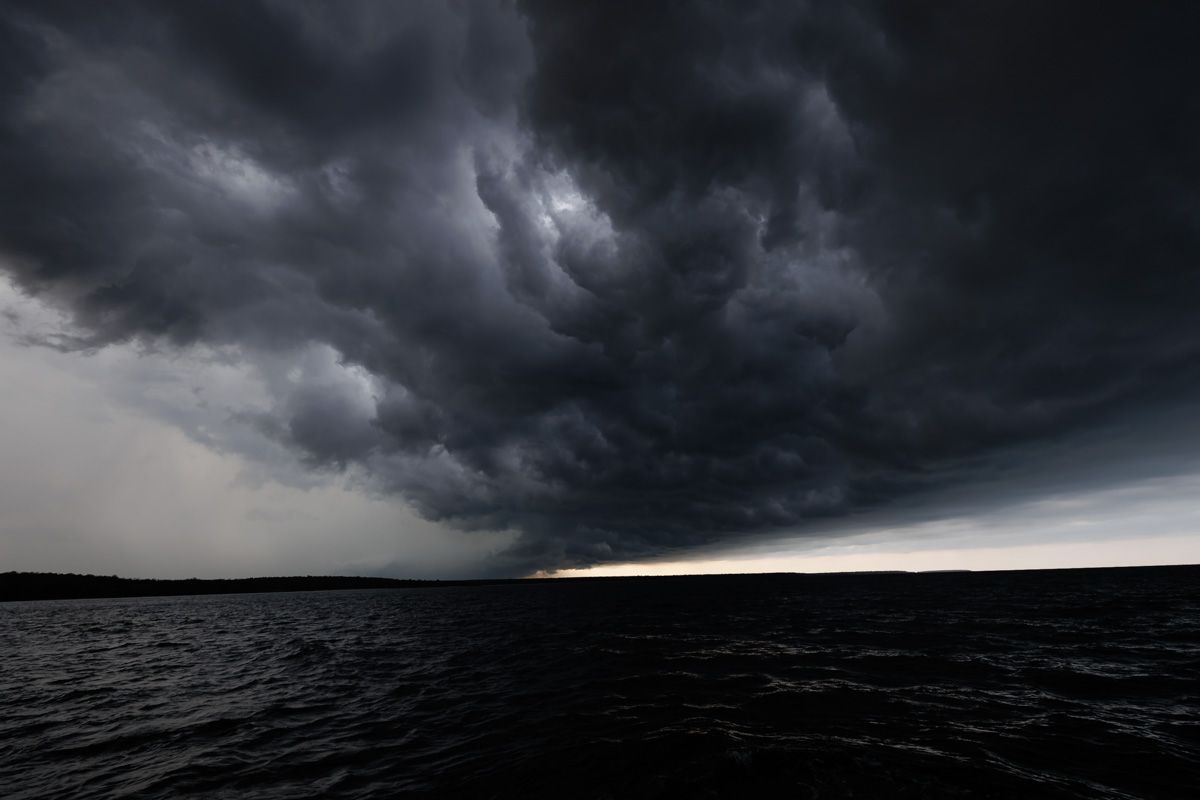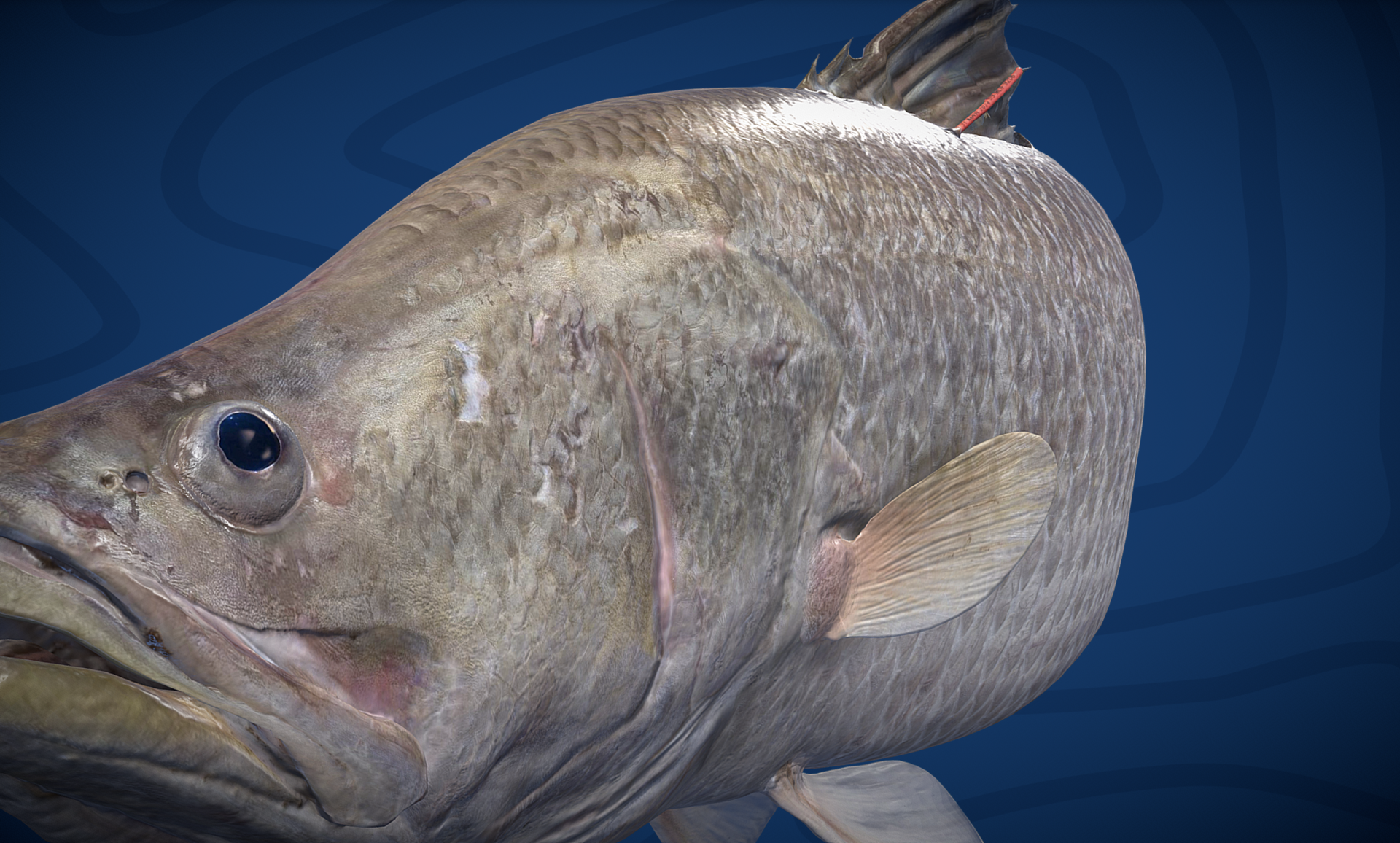Steve Goat & Luke Fronsko interview with ABC Darwin, Dec 2023
"We are so lucky doing all of the scanning for NATSIAA. We are able to get up very close to these very intricate carvings – we feel like we know these pieces very well and we're just excited to be able to share the gallery as a whole to everyone all over the world."
Afternoons at 01:37 p.m.
ABC Radio Darwin ,05 Dec 2023 13:37,
You're with Sajarn Stowe on ABC Radio, Darwin and the Northern Territory.
The Museum and Art Gallery of the Northern Territory in Darwin, where we can both say it's stunning and marvellous by design. And as you walk through its corridors you'll come into contact with local, national and international renowned cultural and scientific collections, as well as allowing access to research and exhibition programs. The only downside is that if you don't live in Darwin, you can't walk through and see what is on offer.
Well, that has changed, especially if you wanted to see the National Aboriginal and Torres Strait Islander Art Awards, because if you're not able to physically visit the exhibit, you can go online and walk through digitally in their virtual gallery. So today, as we marvel in today's wondrous technology, let's learn how photogrammetry brought the NATSIAAs to your screen. Luke Fronsko is the Project Manager and Steve Goat is the owner and Managing Director from Rise, which is the company that made the NATSIAA’s virtual tour possible. Good afternoon.
Hi, Thanks for having us!
First off, if you haven't been online, you should go to the Museum and Art Gallery of the Northern Territory. Go to the NATSIAA and there's a virtual gallery. I went through this today and it is just wonderful that I've been in both in person and online, and it's exactly the same. Congratulations to you both. I just want to say that what a wonderful job. So, let's describe to people what photogrammetry is first.
Photogrammetry is the process of grabbing a whole heap of really high-quality images and turning those images into 3D models, which can then be viewed online. And in the case of the NATSIAA virtual gallery, there's a number of artists 3D artworks that have been turned into digital twins - really high-quality 3D models - that people online can virtually pick up and view in really, really close detail.
In terms of scale, how close can you get into an image or artefact?
For the 3D models that we've created, you can get in closer than you would be able to see if you visited them in person. Especially the fragile artworks and ones behind Perspex. The digital twins and virtual gallery allow people online to get right up close, like your nose is right in front of the object.
Is Photogrammetry a new technology?
Photogrammetry has been around for a number of years. It is just trickling into places like museums and where it’s used to allow people to virtually view artworks in really, really high, high detail.
So, Steve, you're the owner and Managing Director from Rise Project Consulting – the local business who delivered this whole project. Tell me about Rise’s work with digital twins and 3D models.
Rise started by making digital twins of buildings and remote communities, and even water tanks and things like that. And then we developed the process from basic building 3D models to going into higher end, high-quality models, and are now working with the arts and indigenous rock art sites.
So, if you have a water tower, can you just explain for people who might not be able to picture in their head what you're actually doing with the water tower?
As a business, I started Rise because I wanted to take the risk out of visualising large assets – like water towers - and working at height. So we basically created a digital twin of that actual tower, which is a highly detailed digital replica of the water tower which can be inspected from the safety of your desk.
So how did the museum and art gallery and you come together to work together?
Interesting question. We'd been doing a virtual tour for different clients, and then Covid happened. Previously the MAGNT online gallery was being done by interstate companies, but the museum has to see if it could be done here in Darwin because of COVID restrictions. They found Rise and realised we offered the same capabilities, if not better, right here in Darwin. So we were given the given the job as trial in 2022 and they were so pleased we were asked to do it again in 2023.
Let's talk about the NATSIAA virtual gallery because this is where people at home can navigate themselves through the entire exhibit from start to finish from home, as if you were walking through in person. Everything you see on the walls, all the little wording beside each little project is there as well. It seems like a very complex and long job.
Yes, definitely. Overall, it was a pretty large piece of work, which took several of months, especially on the photogrammetry side. I was in and out of the museum over a number of months and weeks scanning these models, working with the museum to get access to them.
We did nine digital twins of the 3D art in total, but they are made up of 41 individual objects. So that is roughly, I think, tallied up to we took over 20,000 photos for all of the objects and crunched all of that processing data to provide these 3D models. And in terms of walking through the space, there's over 100 individual 360-degree image points, so you can stand in front of every single piece of artwork like you were standing in the physical exhibition space.
And but you can get up so much closer you can. Well, how did it feel being so close to such amazing pieces of work? And on the other side of that, although maybe excited, quite big, might be quite nerve racking.
Yeah. Yeah, definitely.
Throughout the process, especially when we're working with objects that are made out of terracotta or fragile objects. We go through a whole process with the museum to get inducted into handling, and that's a very big part. If we don't need to move an object, then we don’t and we work with them to handle and access these objects.
Tell me about the process of actually photographing the pieces; the two vases - how do you photograph them so that it all comes together virtually?
We have all have the objects set up on something like a turntable. We have a professional lighting setup with some really high megapixel cameras. We probably took about 600 photos per pot and the pots are spinning around on the turntable and we're capturing very close, very high detailed images which then get turned into the 3D model.
Every object required a slightly different approach. Some of the smaller ones we can put on a turn table and I can just press the camera shutter every time it will take a photo. The larger objects I need to physically walk around the object to capture the photos. I’m trying to capture every single part of the object.
You also visualise parts of the model which others can't see once it's on display in the actual gallery, like for the bottoms of the pots, for example. Online you can actually pick it up, turn it around virtually and actually see everything. You can see the artists signatures and things like that that are in there.
These must be some pretty high standard cameras that you're using. It's like everything like you need the right tools for the trade so we use use the high end, high spec cameras and lighting. That's a massive part of it as well.
We are so lucky doing all of the scanning for NATSIAA. We are able to get up very close to these very intricate carvings – we feel like we know these pieces very well and we're just excited to be able to share the gallery as a whole to everyone all over the world.

